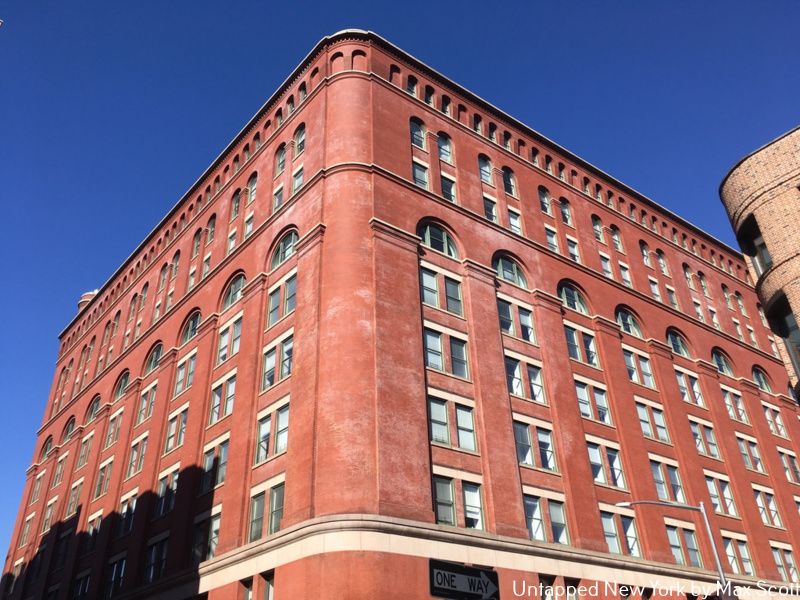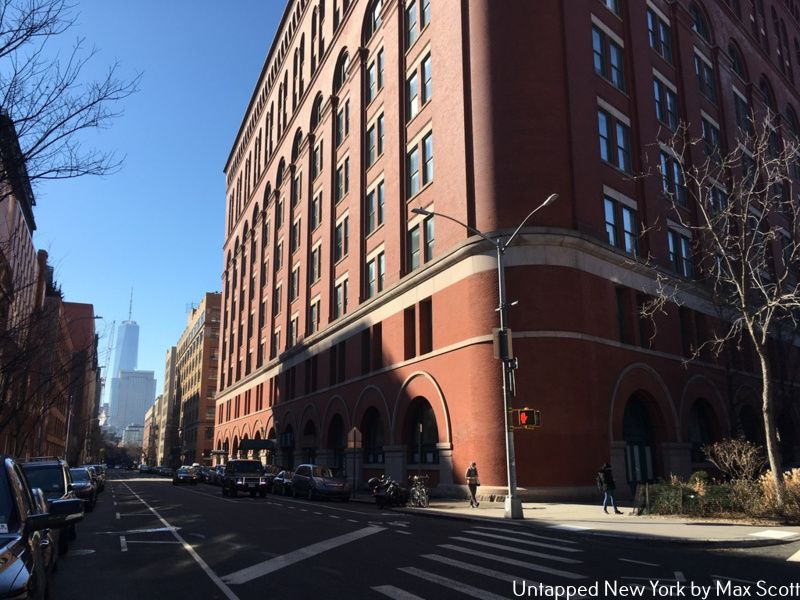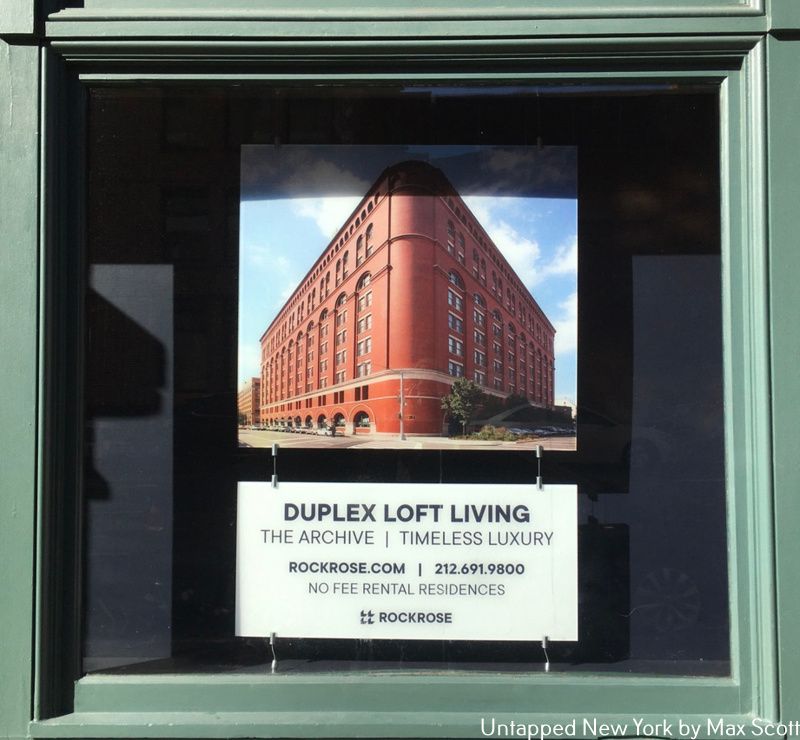Last-Minute NYC Holiday Gift Guide 🎁
We’ve created a holiday gift guide with presents for the intrepid New Yorker that should arrive just in time—


The Federal Archive Building is a ten-story Romanesque Revival-style red brick building in Manhattan’s West Village. It was built in stages between 1892 and 1898, with the first two floors completed by 1894 and an additional eight floors added between 1896 and 1898. Once finished, the building loomed over the tenements and elevated railways of the industrial West Village and boasted almost an acre of open-plan floor space on each of its 10 floors.

The Federal Archive Building has had many lives over its 123-year-long history. The building’s original purpose was to house the operations and storage of the United States Customs Service. Back at the turn of the 20th century, tariffs on goods imported to the U.S. made up a much larger portion of the federal government’s tax revenue, and the U.S. Customs Service was in charge of administering those tariffs. While most of us know Customs officials today as the people who stamp your passport at the airport, in 1898 Customs officials were mostly found at major ports assessing the value of goods coming into the country by ship. Because the Port of New York was by far the nation’s largest port, the federal government decided to invest in a massive facility close to the industrial waterfront to make the tariff assessment process as efficient as possible.

During its more than 30 year lifespan as a Customs facility, the building was called the United States Appraisers’ Warehouse. However, during the Great Depression, the federal government decided to move its offices for the National Archives and Records Administration into the building, giving it the name Federal Archive Building. For the next 40 years, the building would primarily be used as the National Archives’ office space, although the building also housed a post office on its first floor.
Throughout the early 1970s, as New York City was hitting the bottom of its long decline, the National Archives was moving its offices out of the Federal Archive Building and into new facilities in suburban New Jersey. By 1976, the move-out was complete and the building sat vacant, with the federal government declaring it surplus property soon after. Although the building was from another era, it was unlikely to be torn down because it had been designated a New York City landmark in 1966 and a national landmark in 1973. With the wounds from the loss of the original Pennsylvania Station still fresh, and the success of SoHo’s upscale rebirth quite obvious, New York State’s Urban Development Corporation bought the building for $10 and began looking for a developer to convert it to residential use.

The Federal Archive Building’s redevelopment was a complicated process, but in 1982 an agreement was reached between the UDC and two developers, Teitelbaum Group and Rockrose. Construction work was completed in 1988 at a cost of $112 million, and the building was renamed the Archive. When the building reopened in 1988, it contained 479 loft-style rental apartments with up to 20-foot ceilings. Rents for studios in the Archive started at $1,400 a month and increased to $3,400 a month for a penthouse. Today, rents for an Archive studio apartment start at $5,500 a month and increase to $10,500 a month for a two-bedroom penthouse. While the story of the Federal Archive Building today may seem like just another example of a luxury loft conversion, it was one of the first old industrial buildings to undergo such a transformation, occurring at a time when New York City was still very much uncertain about how, or even whether or not, to honor its industrial heritage.
Next, check out the Top Ten Secrets of Astoria, Queens!
Subscribe to our newsletter